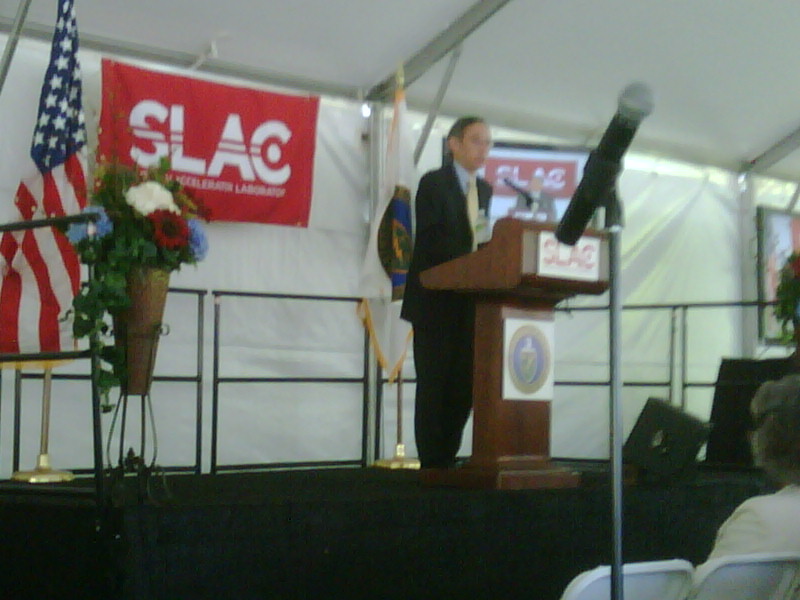By my own recollection, it was the spring of my second year in college. I was a sophomore who had stumbled in my physics and math classes at Yale. I had tasted what it was to no longer be the best student in your classes, and it was hard to accept. It would be years before I finally found my footing in physics classes. The path to my recovery, however, began that spring.
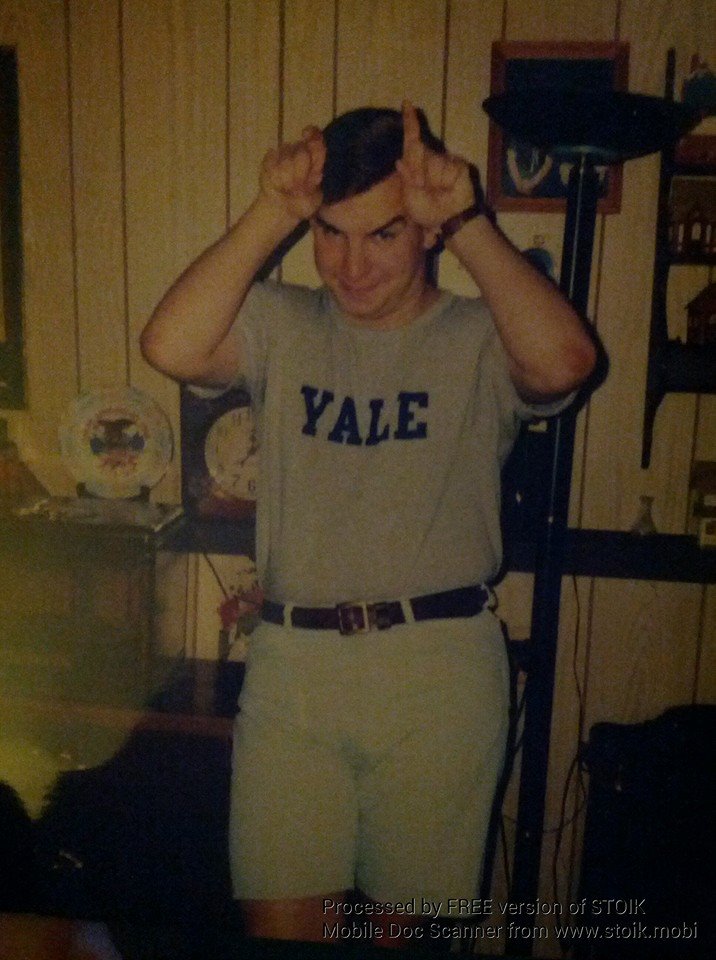
I had sent a bunch of emails to professors in the Yale physics department inquiring about research opportunities. I don’t recall how many emails I sent. I don’t even remember who nudged me to try this strategy. I learned it from someone. Was it a friend? A fellow physics major? A faculty member? My residential college Dean? It’s been too long for me to remember. Ironically, I might have a printed copy of those emails somewhere; this was still in the days when emails were not frequent, nor a tool of advertisers and businesses, and one could actually print and save a paper copy of every email (which I did, for a while; I guarded them like hand-written letters).
I don’t recall how many responses I got to those inquiries. I don’t recall if there were emails declining to take me on as a researcher student. I only remember the professor for whom I ultimately went to work, and I only remember snippets of those first moments meeting him and learning about what I would do if I joined his group. His name was Michael Schmidt, and he was the first professor to take a risk on me and give me a chance to become a better physicist.
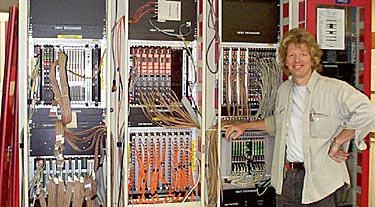
Michael was, to my recollection, a fairly young professor at the time. I would later learned he sang and played the guitar, that he had a family, and that he joked on airplanes that one had to say, after landing on the ground, “Well, we’ve once again cheated death.” I don’t know if that was something he always did, or did just for my benefit (I took my very first plane ride in the company of Michael a couple of years after starting my work in his group). It was memorable.
Michael responded to my email with an invitation to meet him and his group, and to tour their labs and see what they were doing. It was a casual interview of me, and me of them. Part of what makes a career in physics work is to find the right people to work with. Choosing the wrong research group can have years of consequences, and by my observations is a large contribution to what makes people quit the field (there are other factors, but this is certainly one of them). When you get invited to tour a group, pay close attention to the people. Do they seem professionally happy? That is, do they seem happy to be there? Especially watch the students – they are the proverbial canaries in the coalmine. If they are miserable, or seem professionally unhappy, then it’s likely the air of the group is poisoned. You are unlikely to escape the same fate. (Michael taught me this lesson)
So Michael brought me to Gibbs Laboratory, a “temporary” building (it had been up for many decades by the time I went to Yale) on the east side of Science Hill, and showed me around. He introduced me to a research scientist named Henry, an engineer named Thurston, and a graduate student (also) named Stephen.
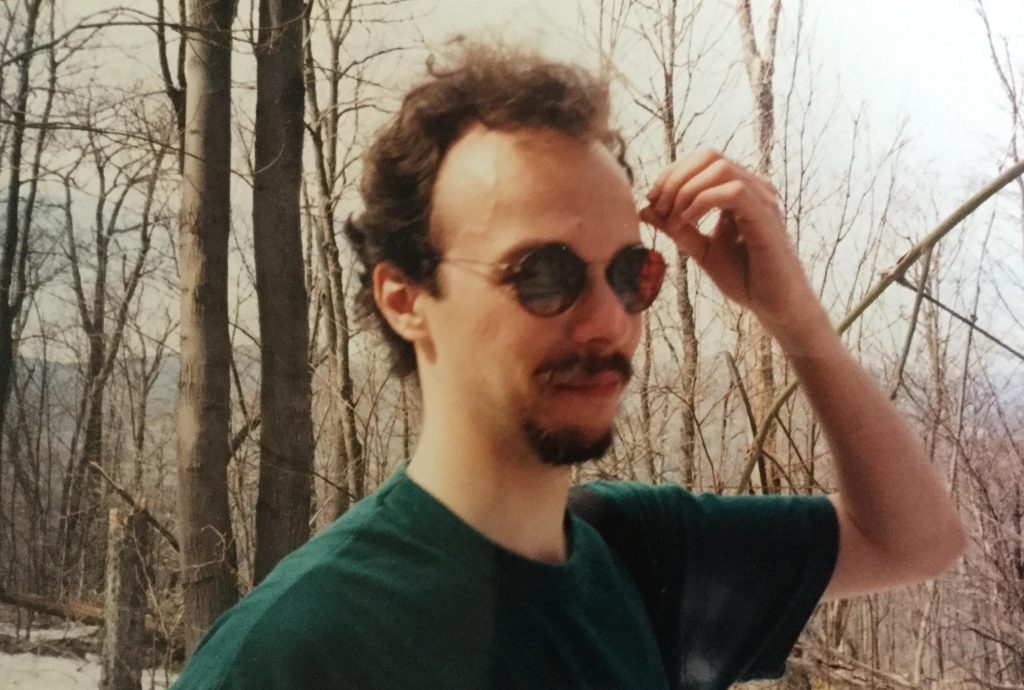
In one memorable moment from the trip, memorable mostly for how blindingly ignorant I was, Michael was walking me down the hall from the offices to the labs. He was trying to explain to me what it was his group did for physics research (although he would have me primarily working on electronics and hardware tasks). At one point, he said something like, “So, basically, what it is we do here is ‘B-Physics’.”
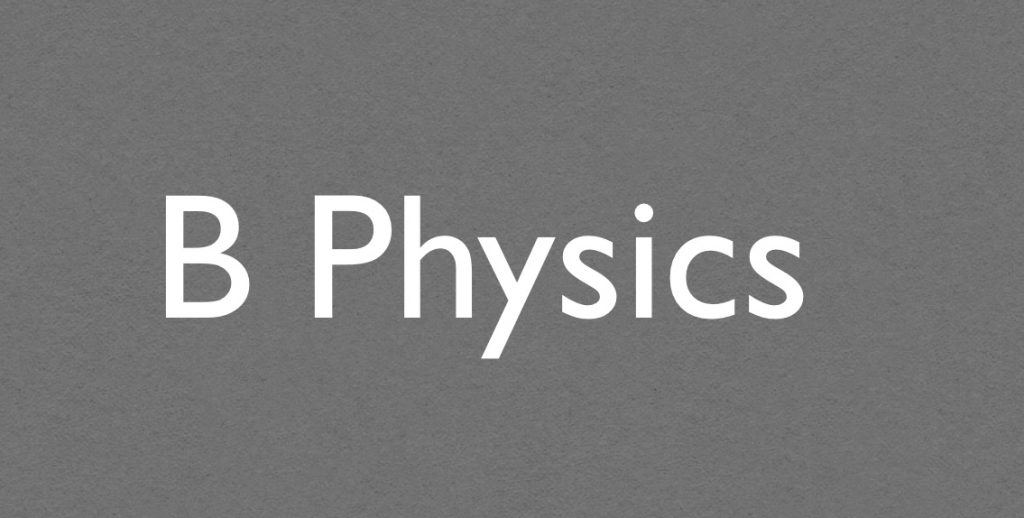
I didn’t know what “B-Physics” was. It was jargon, and I couldn’t have known it referred to the study of matter made from bottom quarks, or “b-quarks”. Michael didn’t know there was a divide there between his knowledge and mine. For me, the only context in which I had ever heard such terminology used was in reference to movie quality, as in “This is a B-movie.” I recall thinking to myself, “Why would he tell me this? If he’s doing second-rate physics, why would be admit that?”
At the time, I kept quiet and nodded. It was only later that I learned what it was Michael was talking about. Nonetheless, I started my work with his group that summer. I learned from Michael that my interests in electronics and computer programming had real uses in physics experiments. This was my entree into the actual world of physics. I began to find my confidence, and though my grades in my academic courses would continue to be middling for an aspiring physics major, I found my excitement and my interest again. I found a way that I could become a particle physicist, which was really all I wanted. Michael gave me a chance, and I took it.
This was my beginning as a “B-Physicist.” In an ongoing series of articles in this blog, I want to use vignettes like this, combined with what we have learned from decades of physics experiments, to begin to explore the world of the bottom quark. When was it discovered? Why was it important that it was found? What are its properties? What is its place in the cosmos? What hopes have been pinned on (and dashed by) this tiny subatomic building block of matter? Why is the bottom quark still teaching us about the cosmos, almost 42 years after its discovery? And, what has the bottom quark taught me about myself?
I’ll explore these ideas in future writings. I hope they will serve others, while at the same time serving me in helping to understand some of the choices I have made in my life, and the consequences of those choices.


